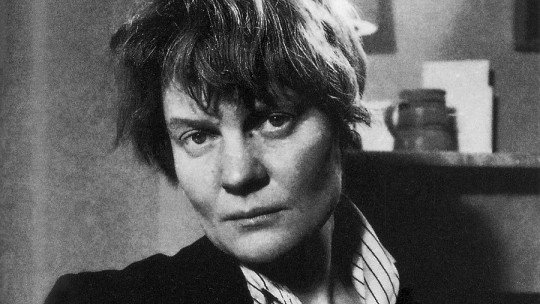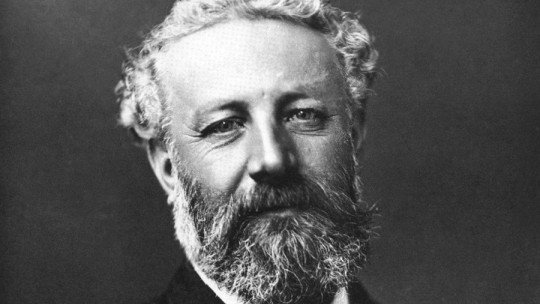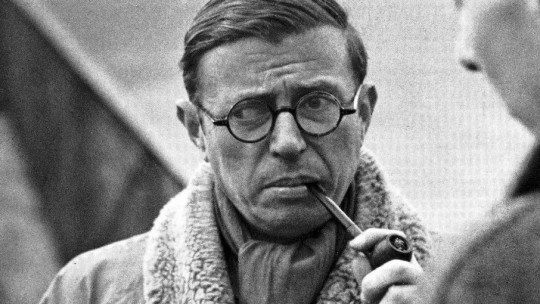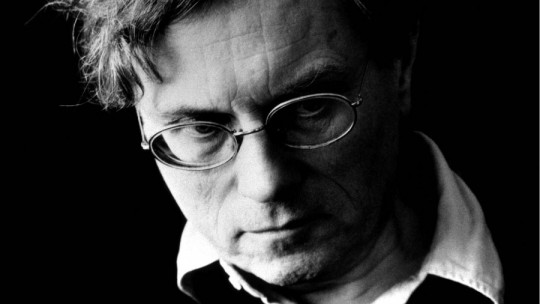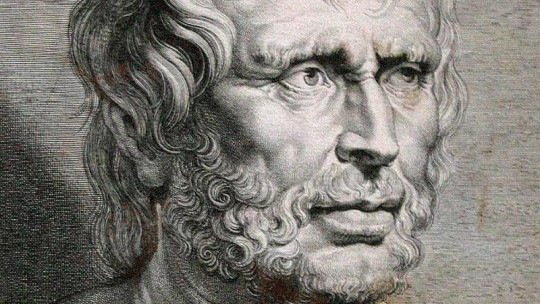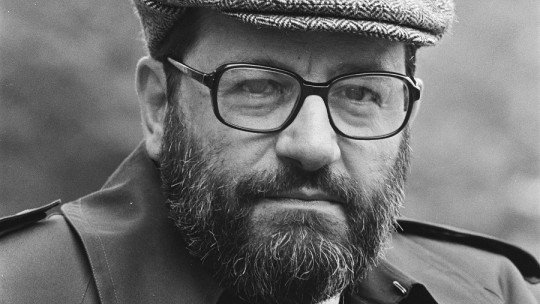
Few people know who Umberto Eco is. His name became world famous in 1980, when his most famous work, The name of the rose, a crime novel set in a medieval abbey that will enshrine his fame forever. But, beyond being a great creator of fiction (works that, in addition to an elaborate argument, brim with erudition regarding the context and the deep content of the message), Eco also left for posterity numerous essays on different disciplines that have marked the intellectual development of the 20th century. Today We delve into a biography of Umberto Eco probably the last great humanist of our era.
Brief biography of Umberto Eco, the last great humanist
His death in 2016 was a true revolution worldwide. With him went the one who was, in all likelihood, the last great thinker of our time. In Umberto Eco, as in the humanists of the Renaissance, various aptitudes and interests were united: philosopher, writer, teacher, semiologist.
Umberto Eco He was, as he called himself, a “son of the Enlightenment.” Therefore, like Diderot, d’Alembert and company, he dominated several fields with equal mastery, and always under the critical auspices of reason.
A childhood marked by war
Umberto Eco came into the world in Alessandria, a small town in the Italian Piedmont, in January 1932. Very soon the Second World War broke out, and his father was called to the front. Little Umberto takes refuge with his mother, fleeing from the ghost of the conflict, in a small town in northern Italy, where they spend the years of conflict safe. However, the war deeply marked the future philosopher.
In one of the numerous interviews he gave during his life, Eco states that he lived a “happily schizophrenic” childhood. The author refers to the collective madness that the fascist regime had subjected Italy to, where children sang about the “heroes” of the war and, at the same time, enjoyed some (few) of the American films that sneaked into the country. The writer returned to these childhood memories in his novel The Mysterious Flame of Queen Loana, published in 2004.
An atheist with a deep interest in religion
Umberto Eco’s family upbringing was Catholic, although he always defined himself as non-religious. However, the thinker always expressed his respect for Christian customs, which in one of his articles he classified as much better for facing death than other commercial alternatives.
For Eco, the human being is an essentially religious being He himself, although an atheist, demonstrated his own interest in religion on numerous occasions, such as in the correspondence he had with Cardinal Carlo María Martini, which was later published in book format with the title What do those who do not believe believe in? (nineteen ninety six). This demonstrates, once again, Eco’s willingness to establish a bridge, a deep connection between thoughts and points of view, a constant throughout his life and his work.
The encounter with the avant-garde
During the post-war years, and despite the fact that his father wanted him to be a lawyer, Eco began to study Philosophy and Literature, a subject in which he obtained a doctorate from the University of Turin in 1954. From then on, his intellectual career would be unstoppable. .
Interested in multiple fields, he specialized in medieval theoretical philosophy in 1955. His interest in medieval intellectuality had already been highlighted in his doctoral thesis, which dealt with the aesthetic problem in Saint Thomas Aquinas, published in 1956 under the same name. qualification. Later, he began to work as a cultural editor for RAI and as a professor at various universities.
In his youthful years in Italian Radio and Television, Eco came into contact with creators close to the avant-garde environment, which in those years of post-war cultural renaissance experienced an unusual effervescence in Italy. Among the artists with whom he interacts is Luciano Berio (1925-2003), an experimental music composer who asks him for a job for the magazine Incontri Musicali. Eco’s work was later published, along with others he authored, in book format; it was about Opera aperta (Open work)which launched the writer to fame.
The encounter with the avant-garde became definitive when the famous group of experimental artists Group 63 They chose Eco as a kind of “guide.” From then on, the Doctor of Philosophy gained fame as a groundbreaking thinker, and his work Opera Aperta was criticized by some more traditional sectors. Let us remember that it was the 60s, a time of social upheavals that confronted the remains of the old world and the beginnings of the new. It was also the time of the unstoppable advance of the media and mass art, such as Pop Art.
Prestigious professor and famous novelist
After his doctorate, and in combination with his work as a cultural editor, Eco works as a professor at various universities, including the University of Bologna, where finally obtains the chair of Semiotics which he has occupied for more than four decades.
His contributions in this discipline, which studies signs and how they are interpreted, are among the most important; In 1975, he published his famous Treatise on General Semiotics. However, and despite his numerous essays, in which he touches on various fields (the aforementioned Opera aperta, but also Function and sign: the semiotics of architecture, Art and beauty in medieval aesthetics, The history of beautyetc.), Umberto Eco is especially famous for his career as a novelist.
His first success in this regard came with The name of the rosea thriller set in the 14th century and which stars the Franciscan monk William of Baskerville, in charge of clarifying the series of murders that are taking place in the abbey. Although the novel was successful for its fast-paced plot (made into a film in 1986, where a splendid Sean Connery played the main role), it is actually a total worksince it also contains deep references to medieval philosophy and the European context of the turbulent century of the Black Death, treated with an erudition that only Eco could offer.
After the resounding editorial triumph of The name of the rose (more than ten million copies were sold worldwide), Eco published several more titles, such as the also successful Foucault’s pendulum (1988). Baudolino (2000), an excellent medieval fable that fantasizes about the existence of the legendary kingdom of Prester John, was also a notable bestseller. Later they would come, among others, The Prague cemetery (2010) and his latest novel, Number zeropublished in 2015, a year before his death.
The last great humanist of our time
It may seem like an exaggerated statement, but in light of the author’s career, it is not so. Umberto Eco published numerous works on a wide variety of topics, always with a critical and original vision. On the other hand, His corpus of fiction is living proof that you can combine entertainment with erudition and knowledge
His contributions to Semiotics, as well as to other fields (pedagogy or linguistics) make him emerge as a complete and committed intellectual. On the other hand, his constant appearances in the mass mediaas in the Italian television program Che tempo che famade him a true icon of popular culture, especially among young people.


